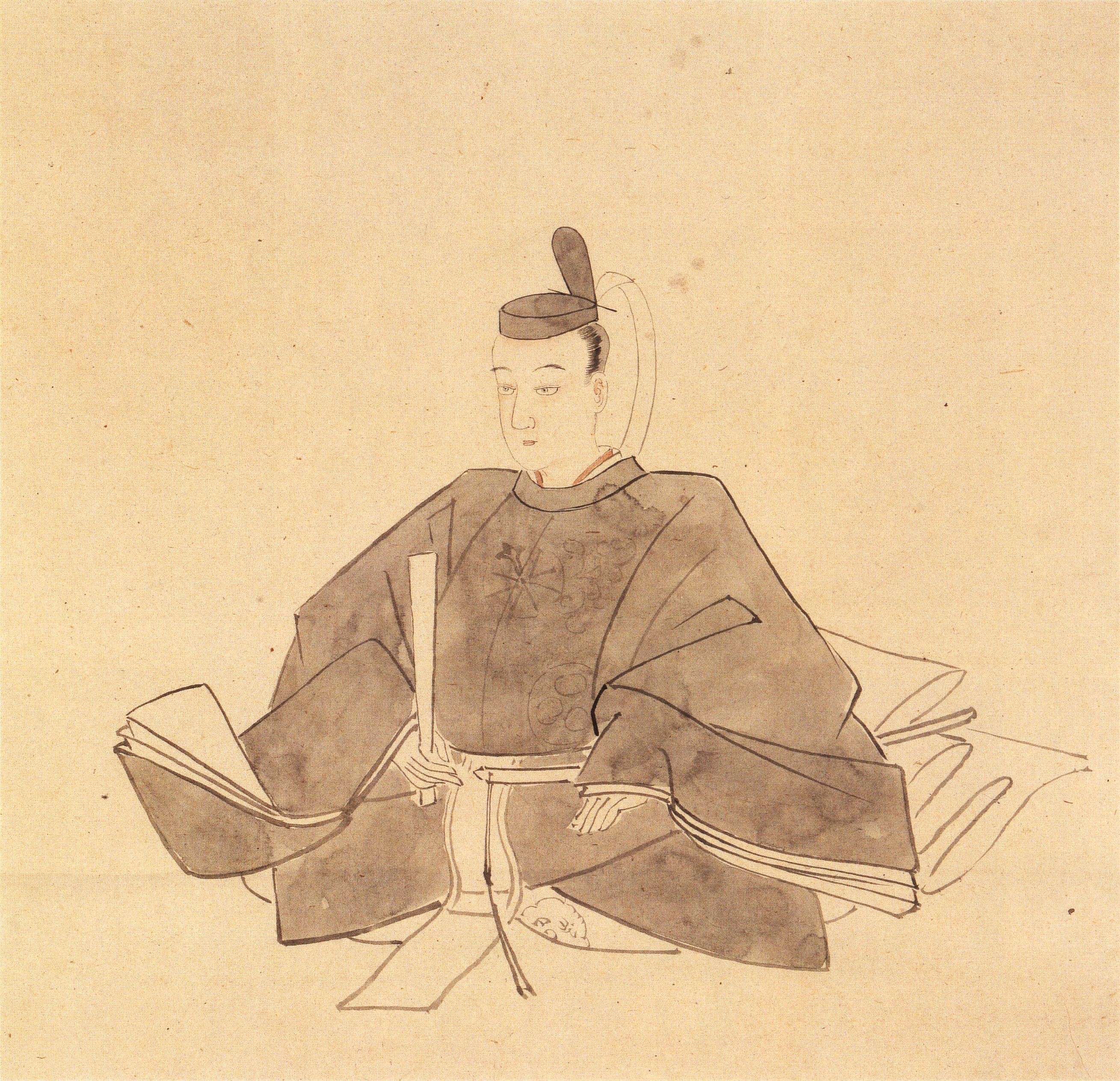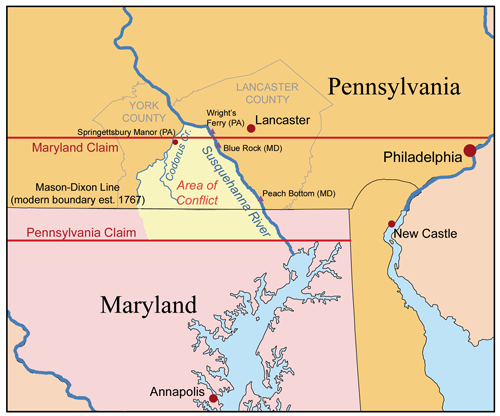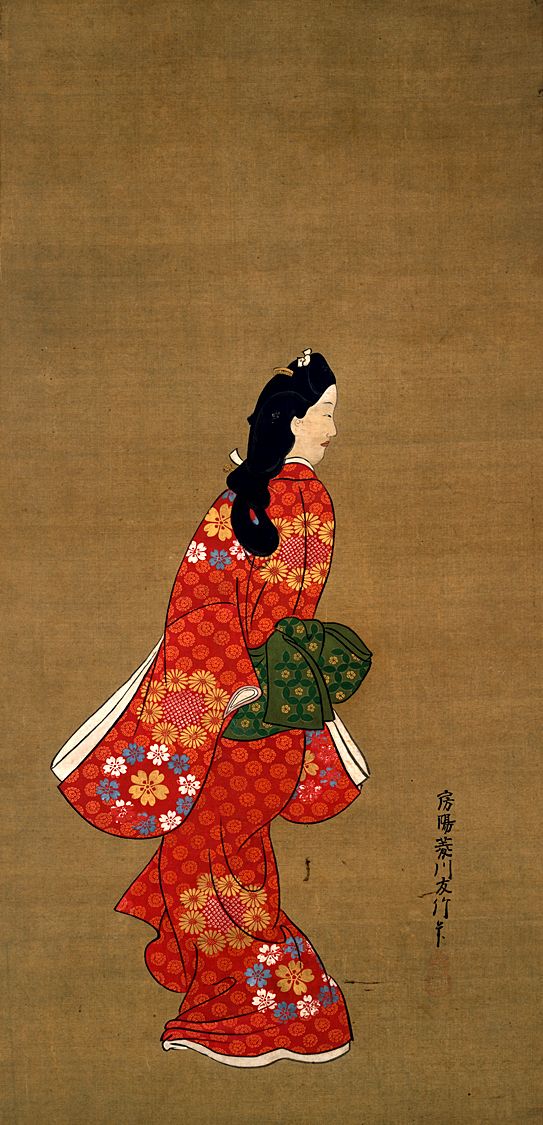|
Kanō Michinobu
Kanō Michinobu (, 20 December 1730 – 24 September 1790) was a Japanese painter of the Kanō school of painting. He was the first appointed "inner painter" to the ''shōgun'', to whom he remained close. Michinobu also used the art names Eisen (), Eisen'in (), and Hakugyokusai (). Life and career Michinobu was born with the given name Shōzaburō () on the 11th day of the 11th month of the year Kyōhō (20 December 1730) in Edo (modern Tokyo). He was the first son of the Kanō school painter Eisen Hisanobu (, or Kanō Furonobu 1698–1731), who had taken over as head of the school from Kanō Tsunenobu in 1728 and who died in 1731, the year after Michinobu's birth. Jusen Harunobu () was adopted into the family to carry on the line but also fell sick and died in 1731 at age 17. Michinobu was thus officially named to carry on the line. As he was an infant, he did not have an audience with the ''shōgun'' whom he was to serve until 1741. Michinobu was prolific and ambitious an ... [...More Info...] [...Related Items...] OR: [Wikipedia] [Google] [Baidu] |
Matsudaira Sadanobu
was a Japanese ''daimyō'' of the mid-Edo period, famous for his financial reforms which saved the Shirakawa Domain, and similar reforms he undertook during his tenure as chief of the Tokugawa shogunate, from 1787 to 1793. Early life Matsudaira Sadanobu was the seventh son of Tokugawa Munetake, of the Tayasu branch of the Tokugawa clan. The Tayasu was one of the '' gosankyō'', the senior-most of the lesser cadet branches of the Shōgun's family, and was thus the grandson of the reform-minded eighth shōgun Tokugawa Yoshimune. The Tayasu house stood apart from the other cadet branches resident in Edo Castle, living a more austere lifestyle, following the example set by Yoshimune—in Munetake's words, the praise of manly spirit (''masuraoburi'') as opposed to feminine spirit (''taoyameburi''). It also set itself apart from the other branches due to its history of thwarted political ambition—the founder, Munetake, had hoped to become his father's heir but was passed over ... [...More Info...] [...Related Items...] OR: [Wikipedia] [Google] [Baidu] |
1790 Deaths
Events January–March * January 8 – United States President George Washington gives the first State of the Union address, in New York City. * January 11 – The 11 minor states of the Austrian Netherlands, which took part in the Brabant Revolution at the end of 1789, sign a Treaty of Union (United States of Belgium), Treaty of Union, creating the United States of Belgium. * January 14 – U.S. Secretary of the Treasury Alexander Hamilton submits his proposed plan for payment of American debts, starting with $12,000,000 to pay the foreign debts of the confederation, followed by $40 million for domestic debts, and $21.5 million for the war debts of the states. The plan is narrowly approved 14-12 in the Senate, and 34-28 in the House.''Harper's Encyclopaedia of United States History from 458 A. D. to 1909'', ed. by Benson John Lossing and, Woodrow Wilson (Harper & Brothers, 1910) p169 * January 15 – Fletcher Christian & 8 mutineers aboard the ''Bounty'' ... [...More Info...] [...Related Items...] OR: [Wikipedia] [Google] [Baidu] |
1730 Births
Events January–March * January 30 (January 19 O.S.) – At dawn, Emperor Peter II of Russia dies of smallpox, aged 14 in Moscow, on the eve of his projected marriage. * February 26 (February 15 O.S.) – Anna of Russia (Anna Ioannovna) becomes reigning Empress of Russia following the death of her cousin Emperor Peter II. * February 28 – Vitus Bering returns to the Russian capital of Saint Petersburg after completing the First Kamchatka expedition. * March 5 – The 1730 papal conclave to elect a new Pope for the Roman Catholic church begins with 30 Cardinals, 12 days after the death of Pope Benedict XIII. By the time his successor is elected on July 12, there are 56 Cardinals. * March 9 – General Nader Khan of Persia opens the first campaign of the Ottoman–Persian War (1730–1735), guiding the Persian Army from Shiraz and starting the Western Persia Campaign against the Ottoman Empire. * March 12 – John Glas is deposed from ... [...More Info...] [...Related Items...] OR: [Wikipedia] [Google] [Baidu] |
Heibonsha
Heibonsha (平凡社) is a Japanese publishing company based in Tokyo, which publishes encyclopedias, dictionaries and books in the fields of science and philosophy. Since 1945 it has also published books on art and literature."Heibonsha, Ltd, Publishers" (entry) in: ''Japan: An Illustrated Encyclopedia'', Tokyo and New York, N.Y.: Kodansha, 1993, vol. 1, p. 521. Retrieved 28 June 2022. Similarly to the Iwanami Shoten and the Chikuma Shobō publishing houses, its publishing program is directed primarily at an academic audience and features well-illustrated publications.Yasuko ... [...More Info...] [...Related Items...] OR: [Wikipedia] [Google] [Baidu] |
Art Name
An art name (pseudonym or pen name), also known by its native names ''hào'' (in Mandarin Chinese), ''gō'' (in Japanese), ' (in Korean), and ''tên hiệu'' (in Vietnamese), is a professional name used by artists, poets and writers in the Sinosphere. The word and the concept originated in China, where it was used as nicknames for the educated, then became popular in other East Asian countries (especially in Japan, Korea, Vietnam, and the former Kingdom of Ryukyu). In some cases, artists adopted different pseudonyms at different stages of their career, usually to mark significant changes in their life. Extreme practitioners of this tendency were Tang Yin of the Ming dynasty, who had more than ten ''hao'', Hokusai of Japan, who in the period 1798 to 1806 alone used no fewer than six, and Kim Jeong-hui of the Joseon Dynasty who had up to 503. History China In Chinese culture, ''Hao'' refers to honorific names made by oneself or given by others when one is in middle age. After one ... [...More Info...] [...Related Items...] OR: [Wikipedia] [Google] [Baidu] |
Eishi
was a Japanese ukiyo-e artist. His last name was Hosoda (細田). His first name was Tokitomi (時富). His common name was Taminosuke (民之丞) and later Yasaburo (弥三郎). Pupil of Kanō Michinobu, Kano Eisen'in Michinobu (狩野 栄川院 典信). Born as the first son of direct vassal of the Shogunate, a well-off samurai family that was part of the Fujiwara clan. Eishi was a vassal of the Shogunate with a generous stipend of 500 'koku' (90,000 litres) of rice. Eishi left his employ with the Shōgun Tokugawa Ieharu, Ieharu to pursue art. His early works were prints, mostly ''Bijin-ga'' portraits of tall, thin, graceful beauties in the original style established by himself akin to Torii Kiyonaga, Kiyonaga and Utamaro. He established his own school and was a rival to Utamaro. He was a prolific painter, and from 1801 gave up print designing to devote himself to painting. Life and career Eishi was born Hosoda Tokitomi () in 1756 to a well-provided samurai family that was ... [...More Info...] [...Related Items...] OR: [Wikipedia] [Google] [Baidu] |
Ukiyo-e
is a genre of Japanese art that flourished from the 17th through 19th centuries. Its artists produced woodblock printing, woodblock prints and Nikuhitsu-ga, paintings of such subjects as female beauties; kabuki actors and sumo wrestlers; scenes from history and folk tales; travel scenes and landscapes; Flora of Japan, flora and Wildlife of Japan#Fauna, fauna; and Shunga, erotica. In 1603, the city of Edo (Tokyo), Edo (Tokyo) became the seat of the ruling Tokugawa shogunate. The class (merchants, craftsmen and workers), positioned at the bottom of Four occupations, the social order, benefited the most from the city's rapid economic growth. They began to indulge in and patronize the entertainment of kabuki theatre, geisha, and oiran, courtesans of the Yūkaku, pleasure districts. The term ('floating world') came to describe this hedonistic lifestyle. Printed or painted ukiyo-e works were popular with the class, who had become wealthy enough to afford to decorate their homes wit ... [...More Info...] [...Related Items...] OR: [Wikipedia] [Google] [Baidu] |
Ueda Akinari
was a Japanese author, scholar and '' waka'' poet, and a prominent literary figure in 18th-century Japan. He was an early writer in the '' yomihon'' genre and his two masterpieces, '' Ugetsu Monogatari'' ("Tales of Rain and the Moon") and '' Harusame Monogatari'' ("Tales of Spring Rain"), are central to the canon of Japanese literature. Biography Born to an Osaka prostitute and an unknown father, Ueda was adopted in his fourth year by a wealthy merchant who reared him in comfort and provided him with a good education. As a child he became gravely ill with smallpox, and although he survived, he was left with deformed fingers on both hands. During his illness, his parents prayed to the god of the Kashima Inari Shrine, and Ueda felt that this deity had intervened and saved his life. Throughout his life he remained a strong believer in the supernatural, and this belief seems to inform important elements of his literature and scholarship such as his most famous work, a collection o ... [...More Info...] [...Related Items...] OR: [Wikipedia] [Google] [Baidu] |
Kanō Tan'yū
was a Japanese painter of the Kanō school. One of the foremost Kanō painters of the Tokugawa period, many of the best known Kanō works today are by Tan'yū. Biography His original given name was Morinobu; he was the eldest son of Kanō Takanobu and grandson of Kanō Eitoku. In 1617, Tan'yū was appointed by the Tokugawa shogunate to become the shogunate's first official painter. Over the following years, he was given many highly prestigious commissions. Over the 1620s and 1630s, he created a number of large-scale works for Edo Castle, Nijō Castle, Osaka Castle, Nagoya Castle, and Nikkō Tōshō-gū. Prolific in a variety of painting styles, Tan'yū's most famous works are probably those he produced for these large-scale commissions. They are screens and panels, prime examples of the Momoyama style, depicting natural subjects such as tigers, birds and plants, in bright colors and with extensive use of gold leaf. The gold, often used to represent clouds, wat ... [...More Info...] [...Related Items...] OR: [Wikipedia] [Google] [Baidu] |
Rōjū
The , usually translated as ''Elder (administrative title), Elder'', was one of the highest-ranking government posts under the Tokugawa shogunate of Edo period Japan. The term refers either to individual Elders, or to the Council of Elders as a whole; under the first two ''shōguns'', there were only two ''Rōjū''. The number was then increased to five, and later reduced to four. The ''Rōjū'' were usually appointed from the ranks of the ''fudai daimyōs'' with domains of between 25,000 and 50,000 ''koku''. Duties The ''Rōjū'' had a number of responsibilities, most clearly delineated in the 1634 ordinance that reorganized the government and created a number of new posts: :#Relations with the Emperor of Japan, Emperor, the Court, and the Prince-Abbots. :#Supervision of those ''daimyō'' who controlled lands worth at least 10,000 ''koku''. :#Managing the forms taken by official documents in official communications. :#Supervision of the internal affairs of the Shogun's domains. ... [...More Info...] [...Related Items...] OR: [Wikipedia] [Google] [Baidu] |
Kanō School
The is one of the most famous schools of Japanese painting. The Kanō school of painting was the dominant style of painting from the late 15th century until the Meiji era, Meiji period which began in 1868, by which time the school had divided into many different branches. The Kanō family itself produced a string of major artists over several generations, to which large numbers of unrelated artists who trained in workshops of the school can be added. Some artists married into the family and changed their names, and others were adopted. According to the historian of Japanese art Robert Treat Paine, "another family which in direct blood line produced so many men of genius ... would be hard to find". The school began by reflecting a renewed influence from Chinese painting, but developed a brightly coloured and firmly outlined style for large panels decorating the castles of the nobility which reflected distinctively Japanese traditions, while continuing to produce monochrom ... [...More Info...] [...Related Items...] OR: [Wikipedia] [Google] [Baidu] |





